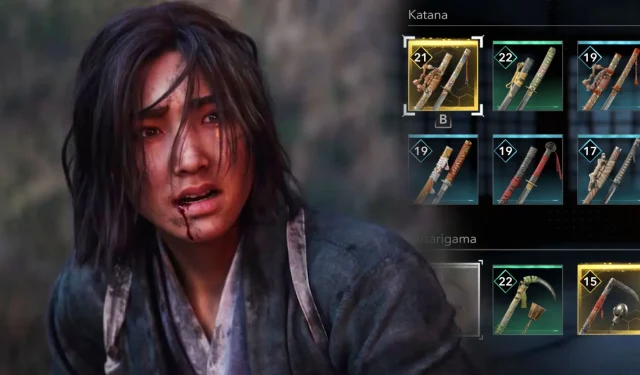Assassin’s Creed Shadows marks a significant advancement for the long-standing franchise, yet it falls short in certain areas.
Despite its notable improvements, the loot system remains a major drawback that has plagued open-world Assassin’s Creed titles since Origins. After dedicating over 60 hours to Shadows, I’ve encountered an abundance of loot that is largely pointless, making it increasingly tempting to ignore rather than sell or recycle for other resources.
An Overabundance of Useless Loot in Assassin’s Creed Shadows
Repetitive Finds: The Same Katanas Again and Again

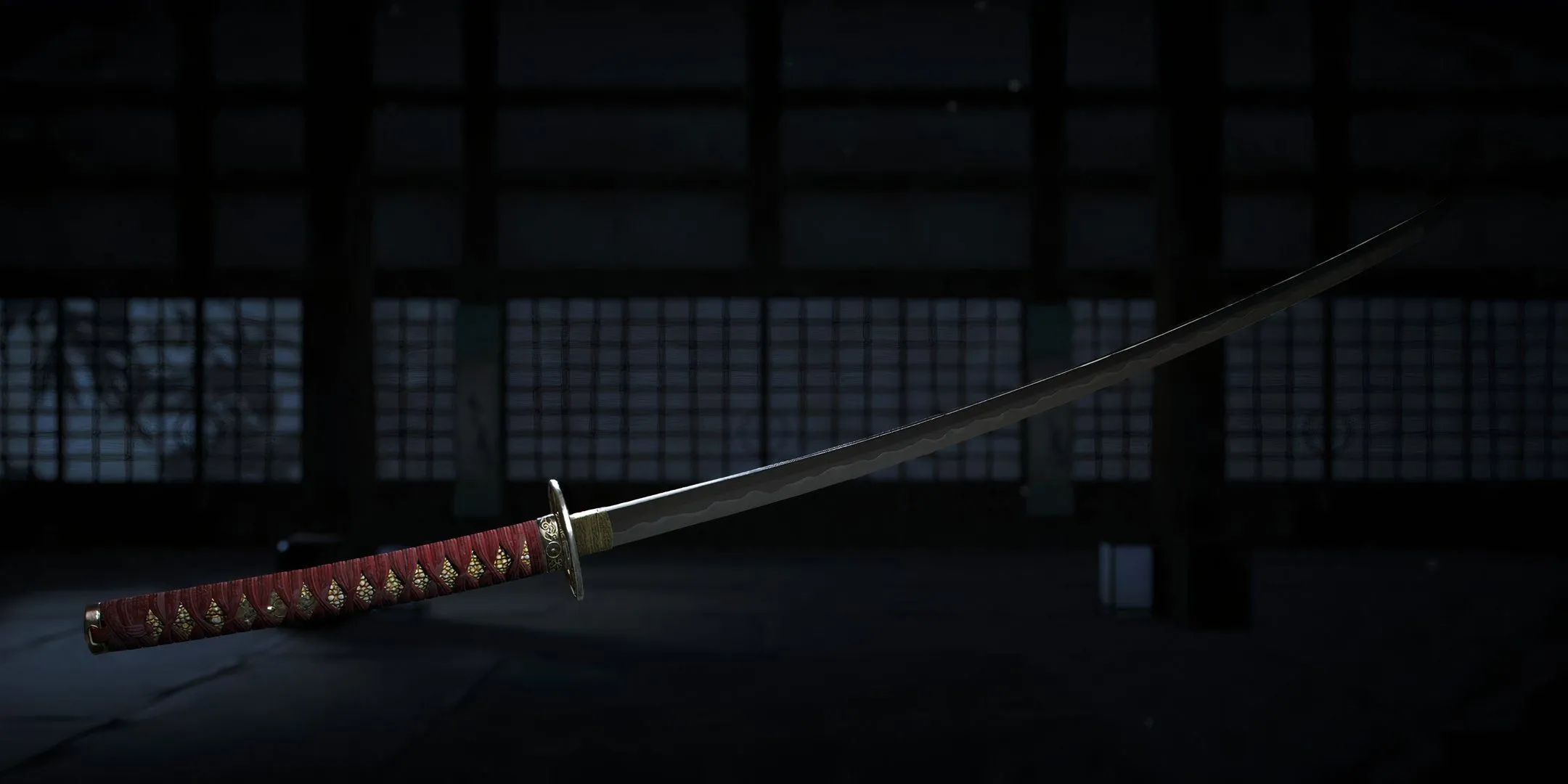
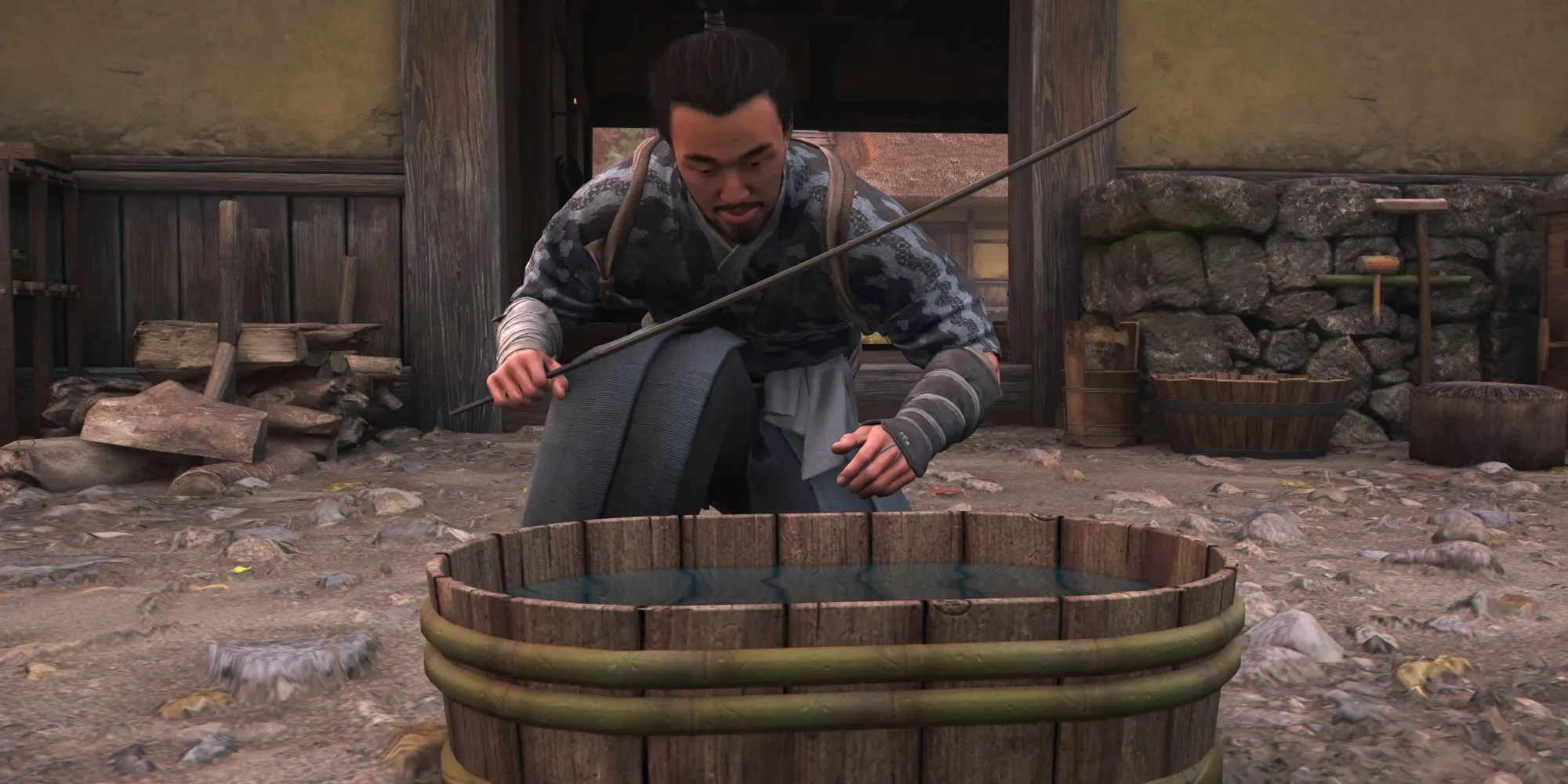

Initially, acquiring weapons such as the Tanto or Kusarigama for Naoe, or the Kanabo for Yasuke, is a thrilling experience. You unlock a new skill tree, gain fresh abilities, and if the item is of sufficient rarity, it can be engraved for enhanced power. However, the excitement wanes as yet another common or uncommon weapon fills your inventory, with many looking alike and offering disappointing effects. Once you stumble upon a legendary item that suits your style, it becomes the sole focus of your upgrades, rendering the rest of your loot effectively useless.
To mitigate the problem, Assassin’s Creed Shadows has attempted to infuse value into this redundant loot through a resource system, where you can dismantle unwanted gear for materials to enhance your desired weapons and armor. Unfortunately, this quickly becomes trivial, as ample upgrade materials are easily acquired from chests and defeated foes scattered across Japan. Consequently, dealing with the surplus of unwanted loot becomes a chore, forcing you to spend time breaking down items for resources that are already abundant. Although selling items to merchants for mon is an option, acquiring currency is just as straightforward.
Efforts to Improve the Loot Experience in AC Shadows
Hideout Customization: A Positive Change
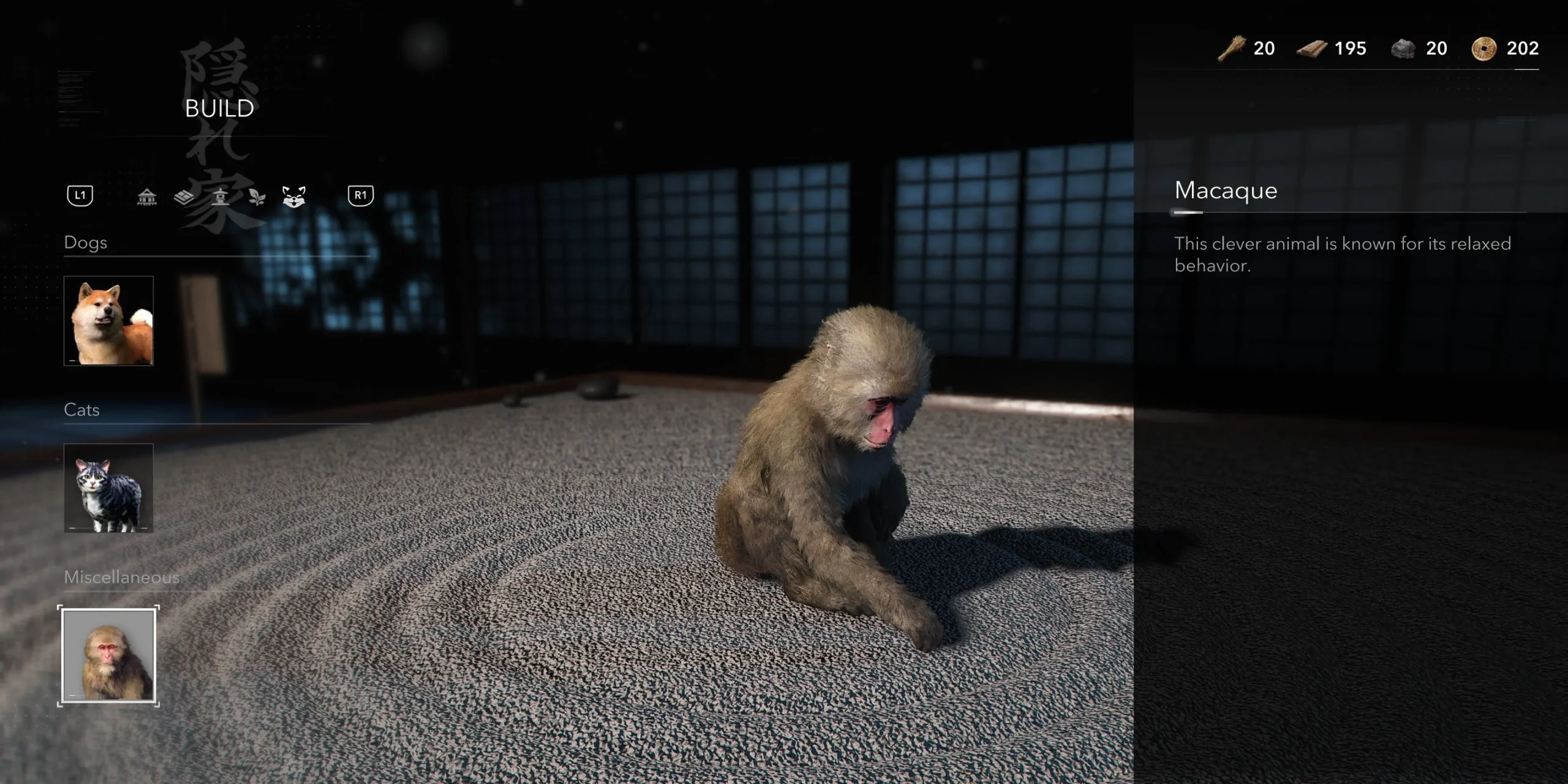

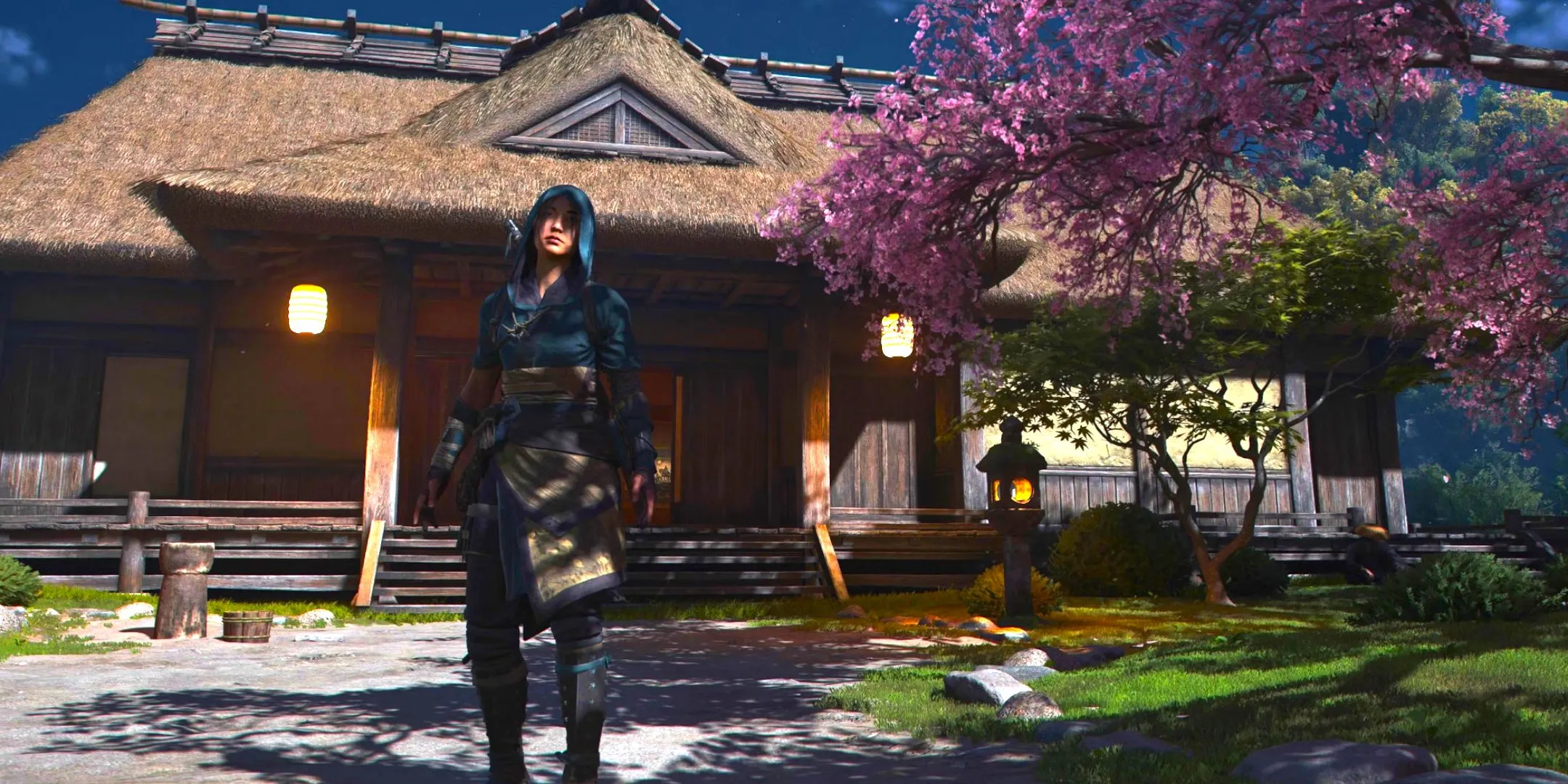
One area where Assassin’s Creed Shadows does show improvement in its loot experience is through the hideout system. Upgrading your hideout requires significant resources to construct and enhance key areas. Resources can be gathered from enemy camps, but substantial quantities necessitate locating stockpiles and inviting scouts to retrieve them during seasonal changes. Since these resources are scarcer and essential for significant upgrades, the discovery of stockpiles feels much more rewarding, whether they are found across the landscape or inside a recently conquered castle.
Enhancements to your Hideout, such as upgrading your Stables to reduce the number of scouts required to tag stockpiles or enhancing your Study to increase scout numbers, further incentivize exploration.
Moreover, customization options for your hideout signify another leap forward for the loot system. As a space you frequently revisit, decorative items, art pieces, and various upgrades provide a personal touch. Each new chest found that rewards you with a unique piece of architecture or furniture evokes anticipation for how to incorporate it back at your hideout.
Having two protagonists also enriches the loot landscape, as it more than doubles the variety of Legendary equipment available. This boosts the thrill of interactions—be it completing quests, storming strongholds, or uncovering hidden chests filled with legendary treasures. Nonetheless, this does not fully remedy the overarching issue; once players discover their preferred gear and customize it, any additional Legendary items ultimately become as devalued as the common or uncommon loot, and cannot even be deconstructed for resources.
A Need for Rethinking Discovery Mechanics in Assassin’s Creed
Enhancing Rewards Through Exploration in the Open World
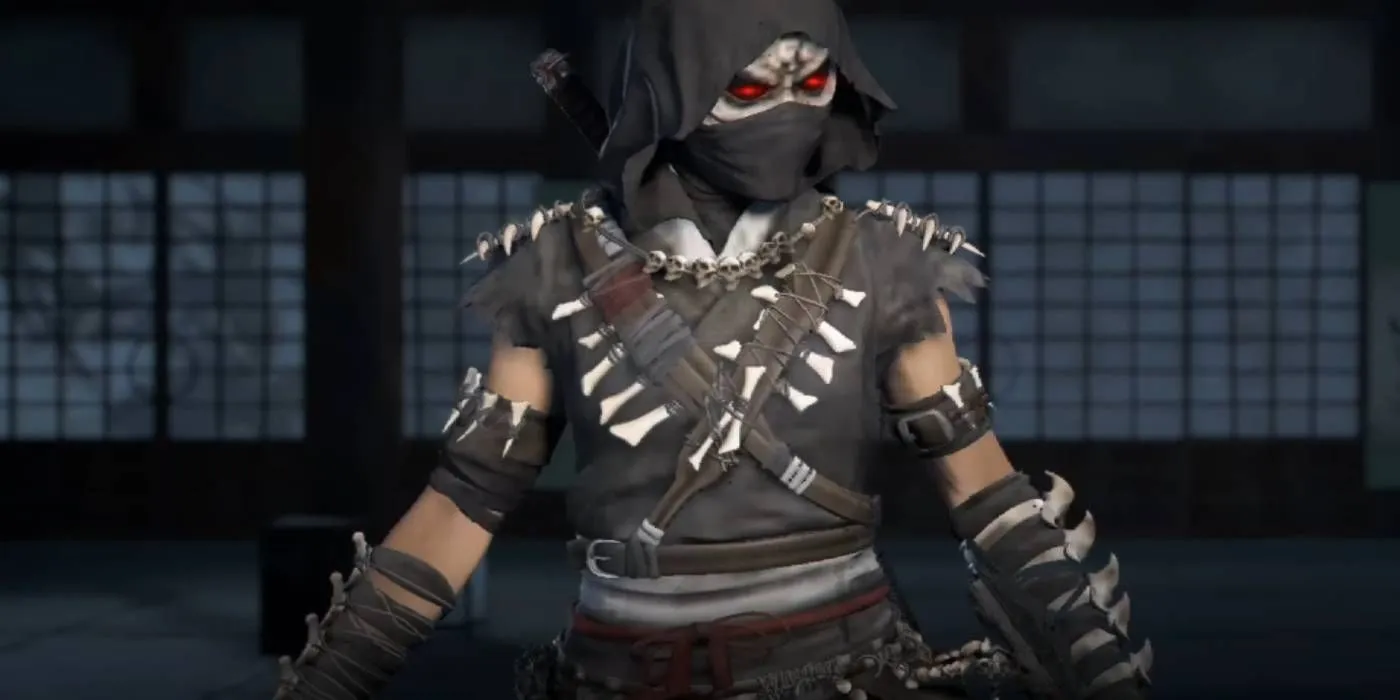

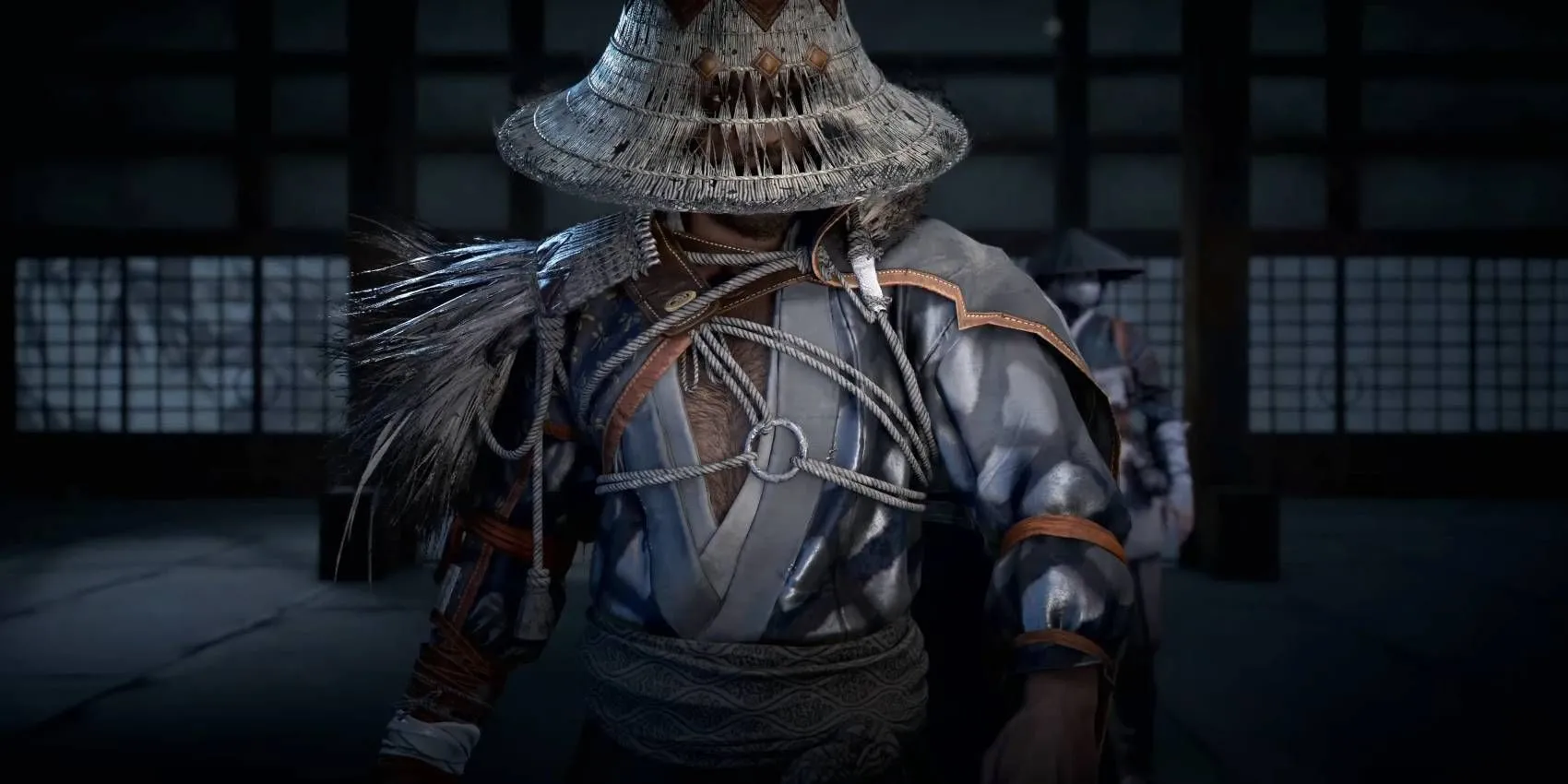
As the franchise evolves, Assassin’s Creed must continue refining its loot system to harmonize with its expanding open-world format, an increasingly complex task as these worlds grow larger. With the exception of experiments like Mirage, it appears that Ubisoft intends to maintain the scale of future Assassin’s Creed titles, which necessitates that the loot system adapt accordingly.
One possible solution could involve implementing a random loot generation system, akin to what is seen in games like Borderlands or The Legend of Zelda: Breath of the Wild. This could lend a sense of freshness to loot collection across gameplay and subsequent playthroughs. However, it is equally crucial to reduce the sheer volume of loot items available, as even randomized loot can lose its appeal when it becomes overly abundant.
While the option to upgrade existing equipment allows players to continue utilizing their favorite items as they progress, Shadows often provides strong items too early in the experience, leading to their prolonged use throughout the game. There should be a greater emphasis on impactful late-game items in Assassin’s Creed Shadows and future installments—items that not only look distinct from earlier loot but also offer a meaningful progression curve.
